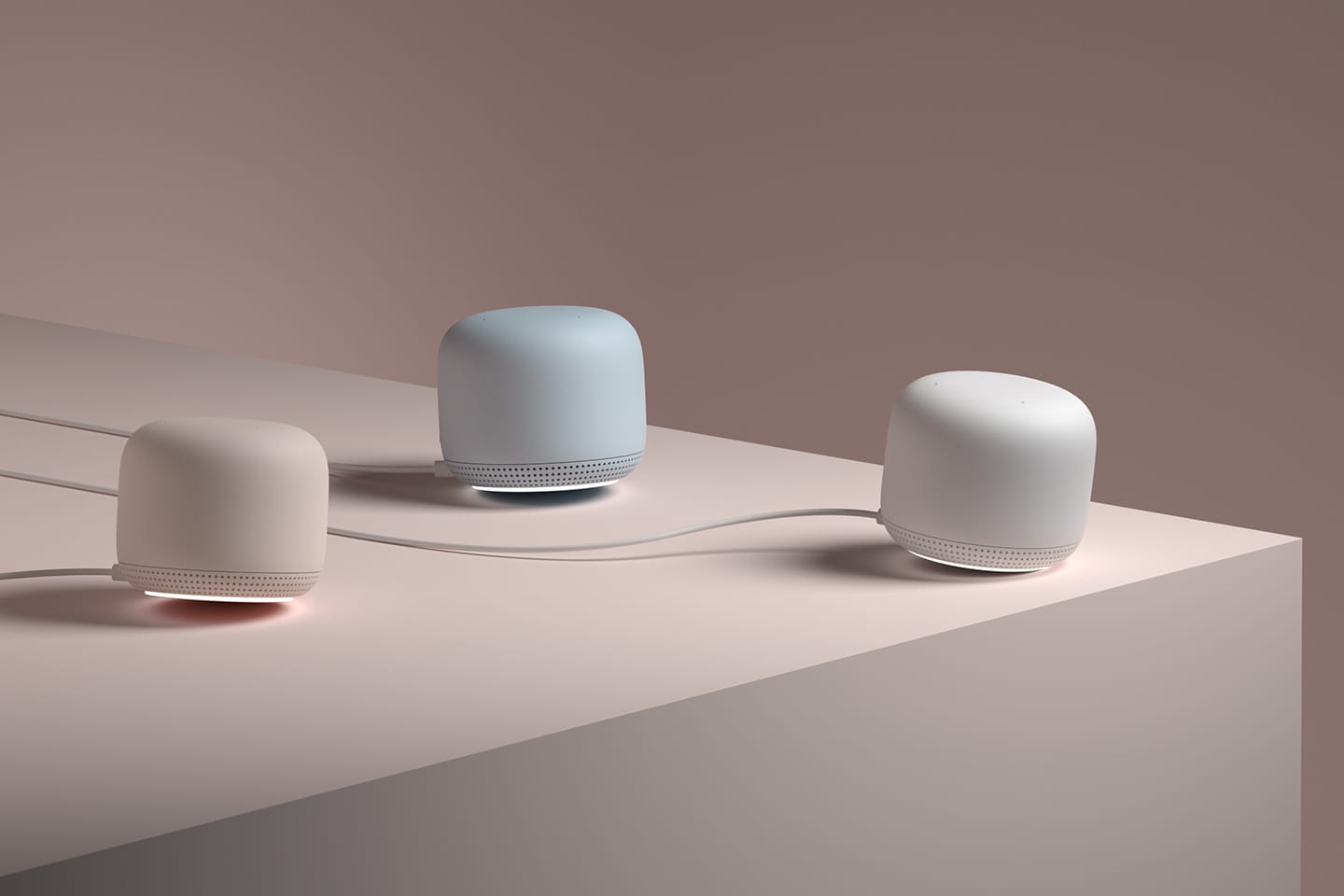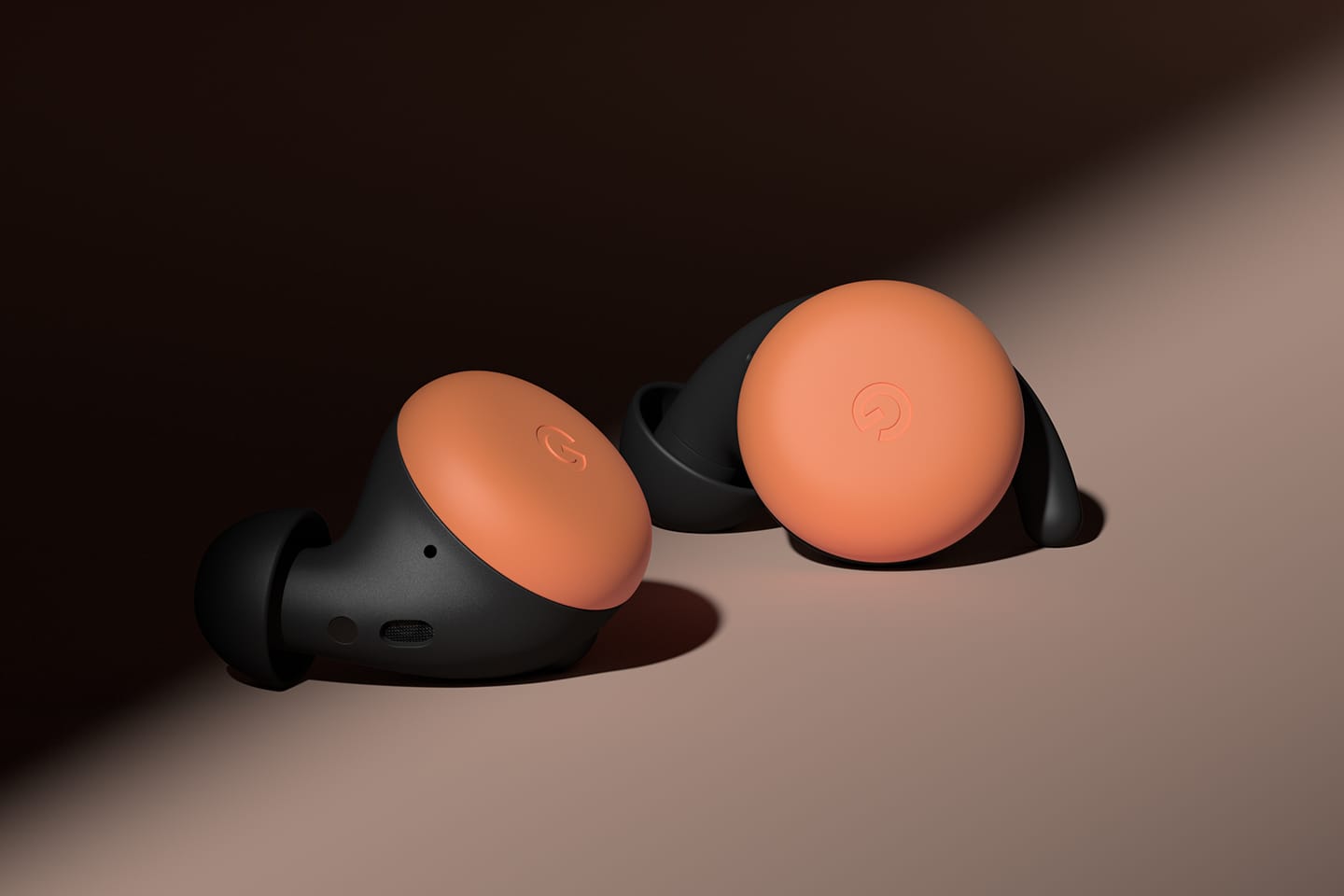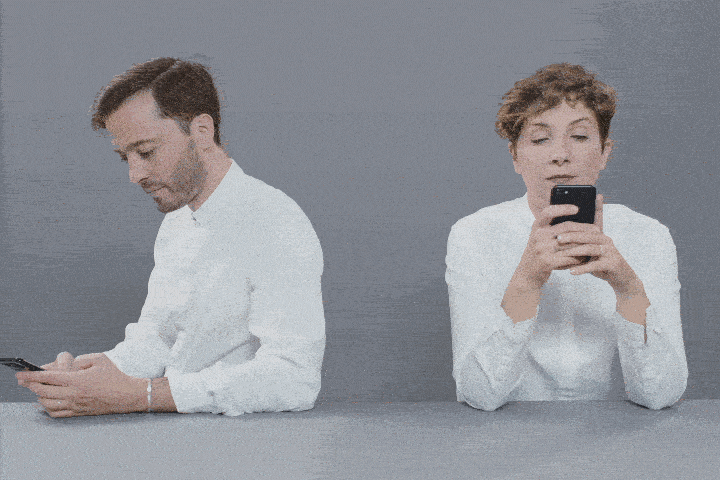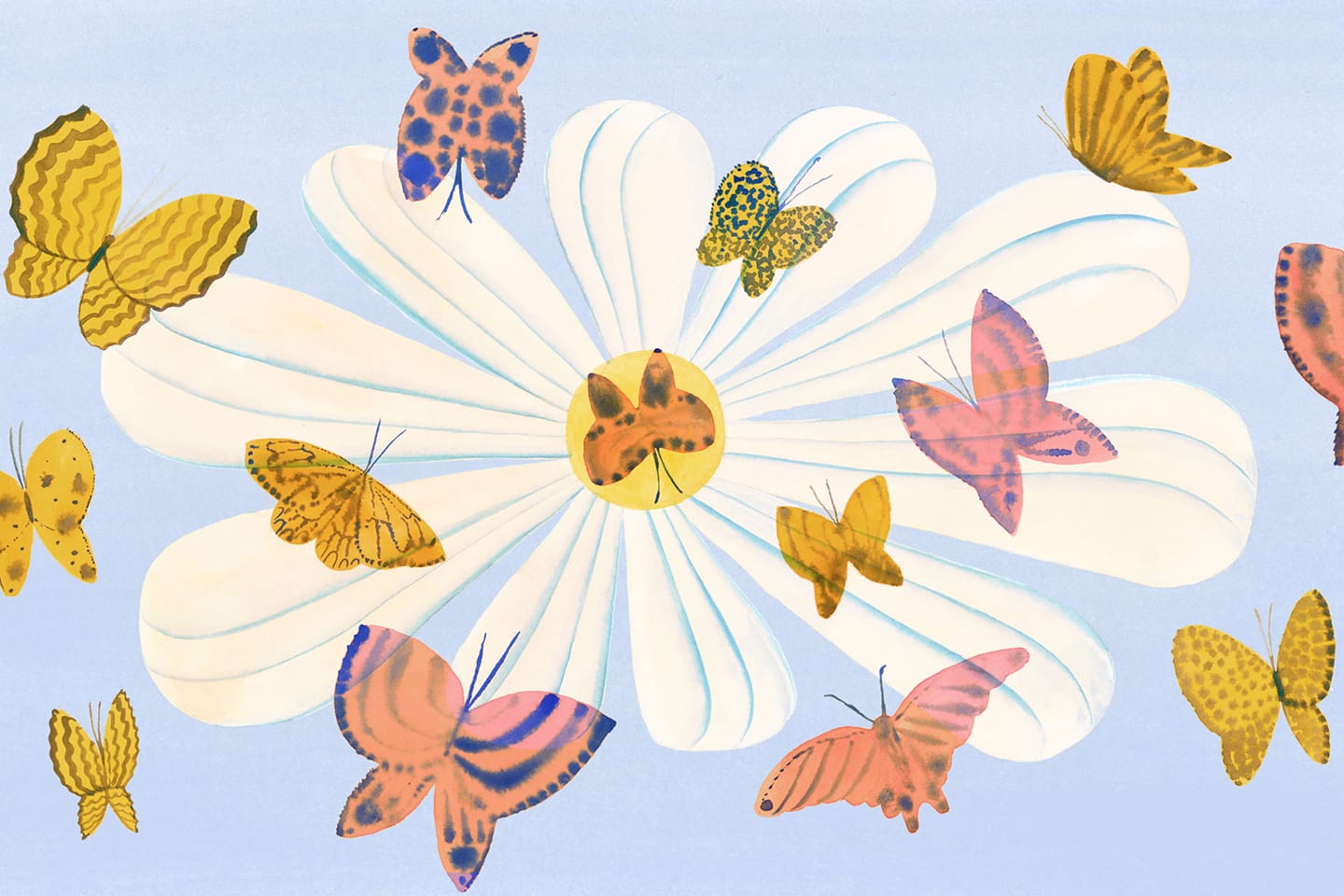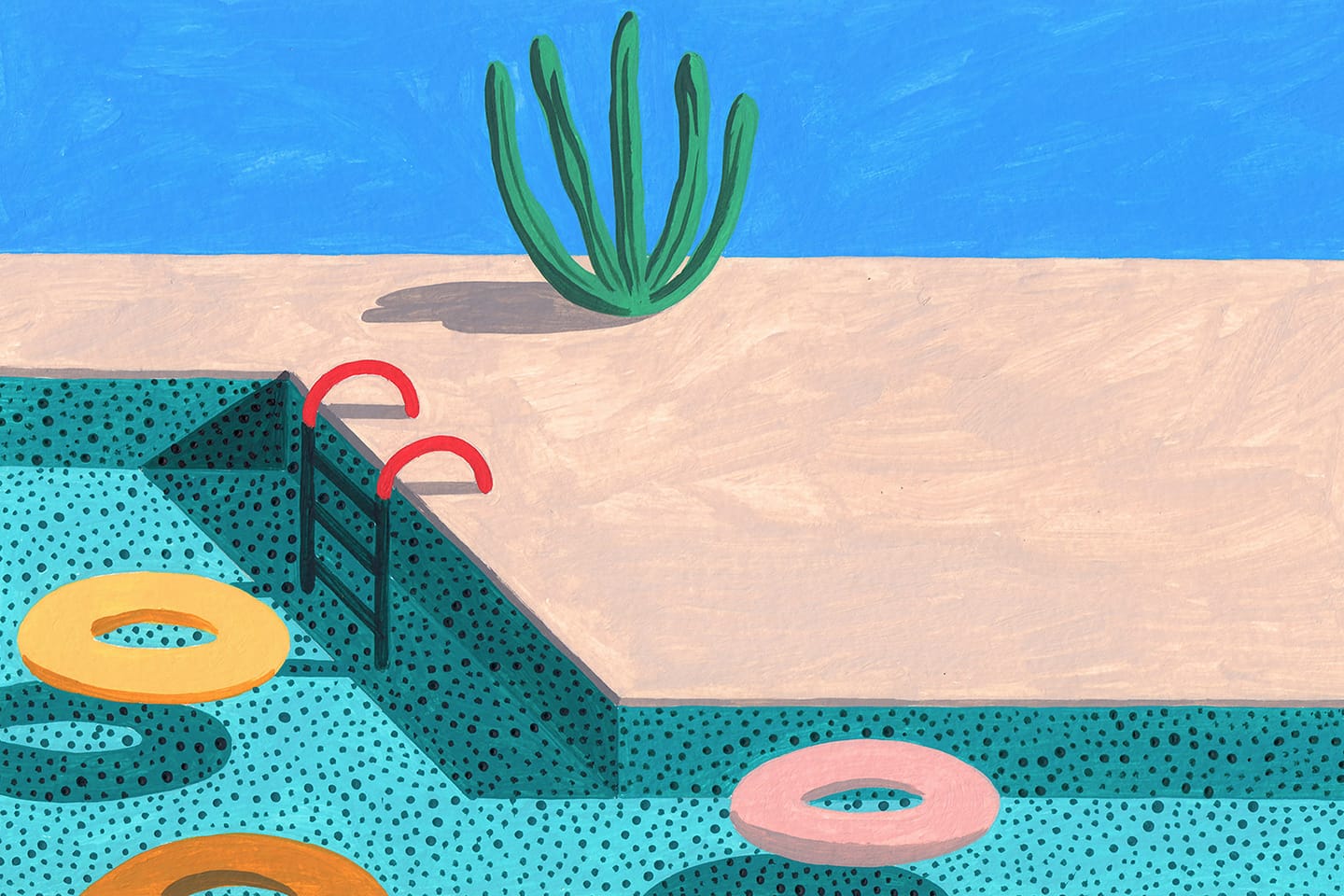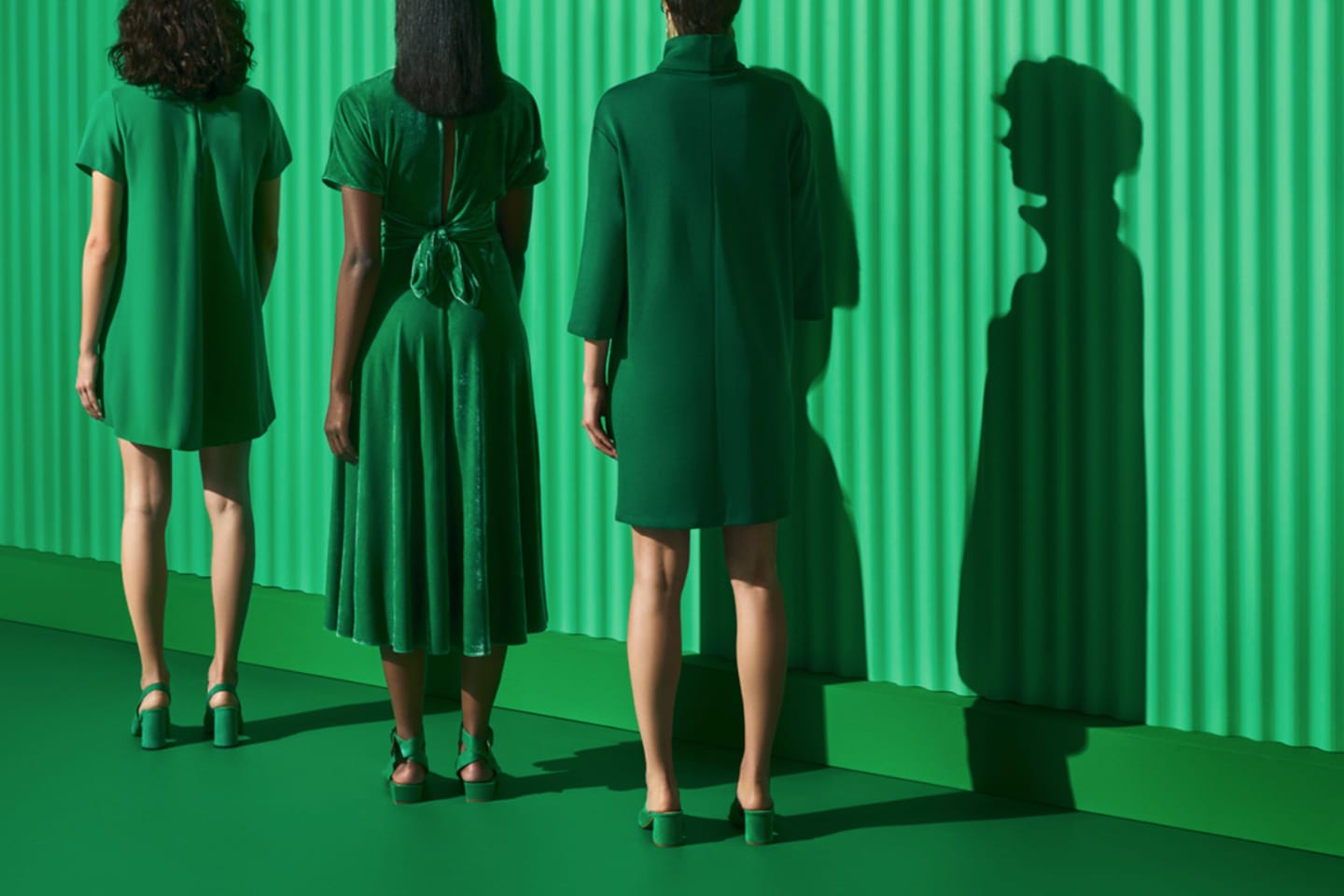

Google Design’s Best of 2019 - Library - Google Design
source link: https://design.google/library/google-design-2019/
Go to the source link to view the article. You can view the picture content, updated content and better typesetting reading experience. If the link is broken, please click the button below to view the snapshot at that time.
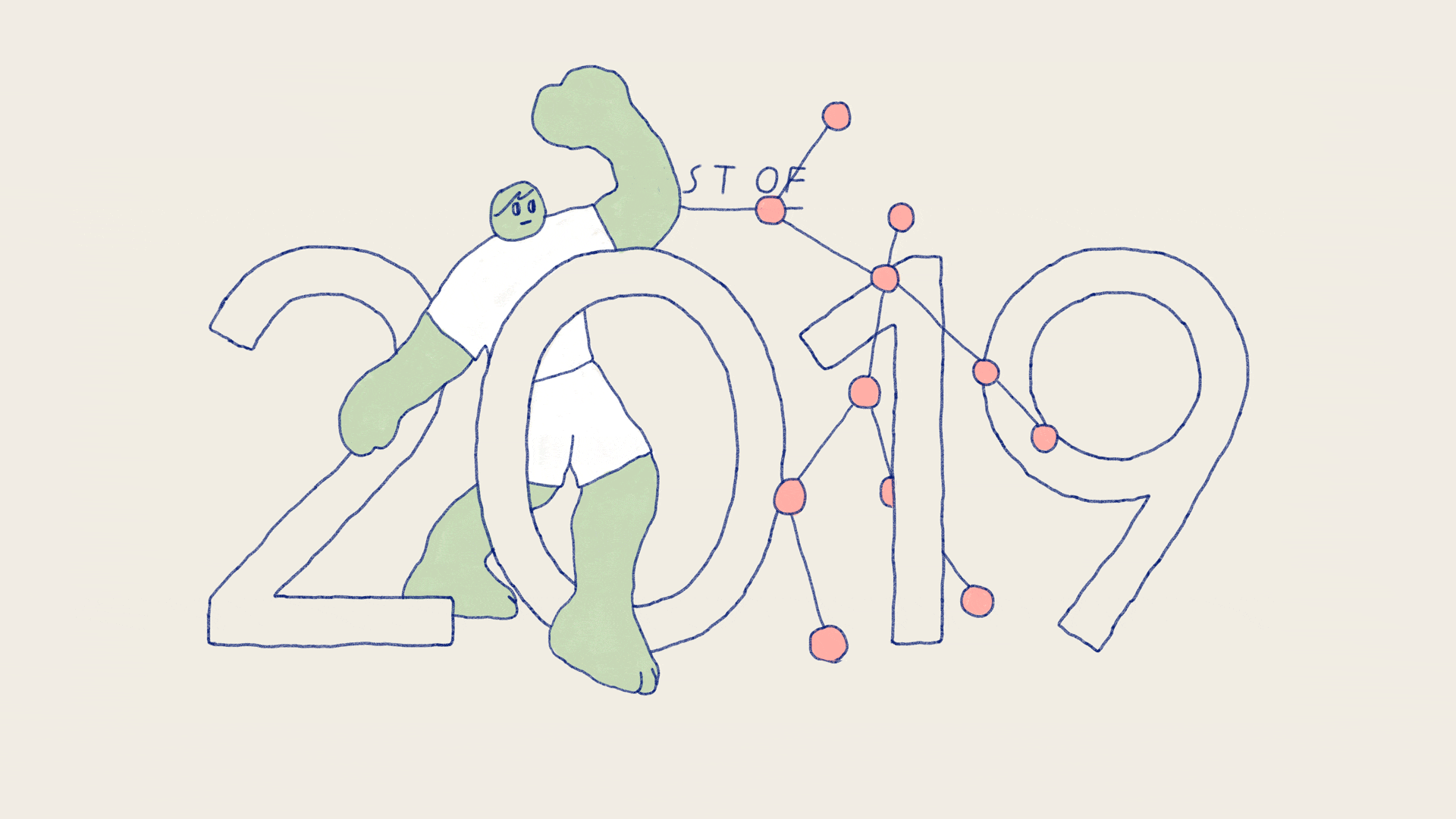
Feature
Google Design’s Best of 2019
The notable products, experiments, and redesigns that made our year
By Google Design
Illustrations by Oscar Gronner
The mantra “focus on the user and all else will follow,” is always top of mind here at Google, guiding us in principle and practice. So while it’s no surprise to see that ethos in everything we do, when surveying 2019’s design projects, we really saw it come to life. Our roundup features work that puts you at the center, from new interfaces that simplify daily tasks to projects aimed at making the web a healthier place—especially important in 2019—plus lots in between. We’ve grouped everything around a few resonant ideas: devices that help us communicate better, tools and platforms that bring us closer to art, and others that unleash exciting new modes of self-expression. Not to brag, but it was a banner year for Google Design, too. We published our first Google Design magazine, launched an Instagram account (follow us @googledesign), and brought SPAN back to New York City. We’re heading into 2020 inspired, and hope you will be too.
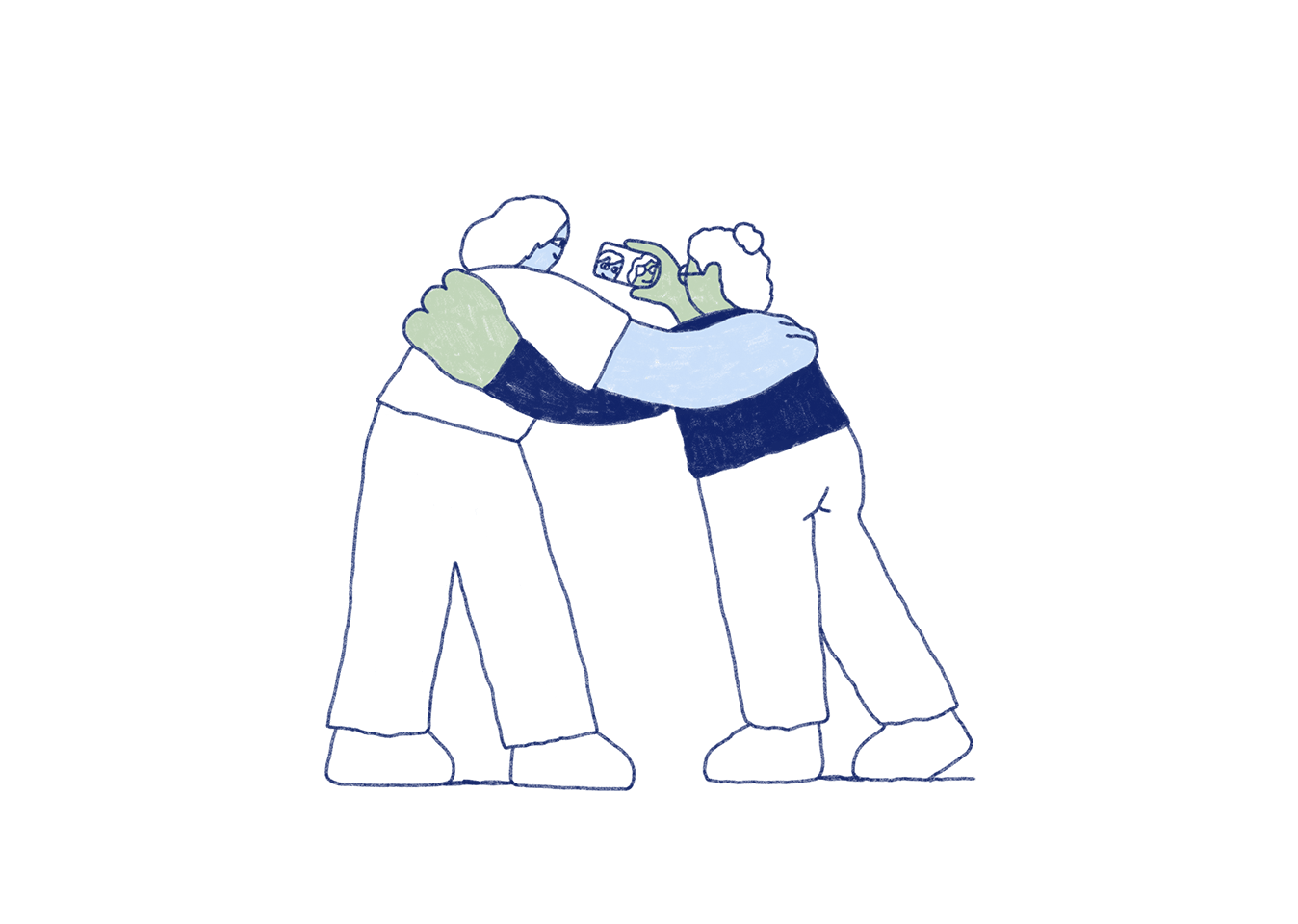
Devices that anticipate our needs
Smartphones have taught us to swipe, pinch, and tap, but what if it’s time to flip the script? Just as you wave your hand to dismiss a thought, devices can now understand when you merely motion in their presence. In Pixel 4, this new feature goes by Motion Sense. Powered by a radar chip called Soli, it lets you snooze alarms, skip songs, and hush ringtones with just a gesture. Google’s Advanced Technology and Projects (ATAP) team spent five years developing the technology. Their goal? For devices to intuit our needs with emotional intelligence. But if you really want to “feel seen,” there’s the new Nest Hub Max Smart Display, which leverages its camera and Face Match technology to make Google Assistant more proactive and more personal (it can even tell the difference between you and your family members). Simply stroll by, and the display will pop up custom reminders and messages, plus updates on the weather and your commute. You may never utter “Hey, Google” again, and we’re ok with that.
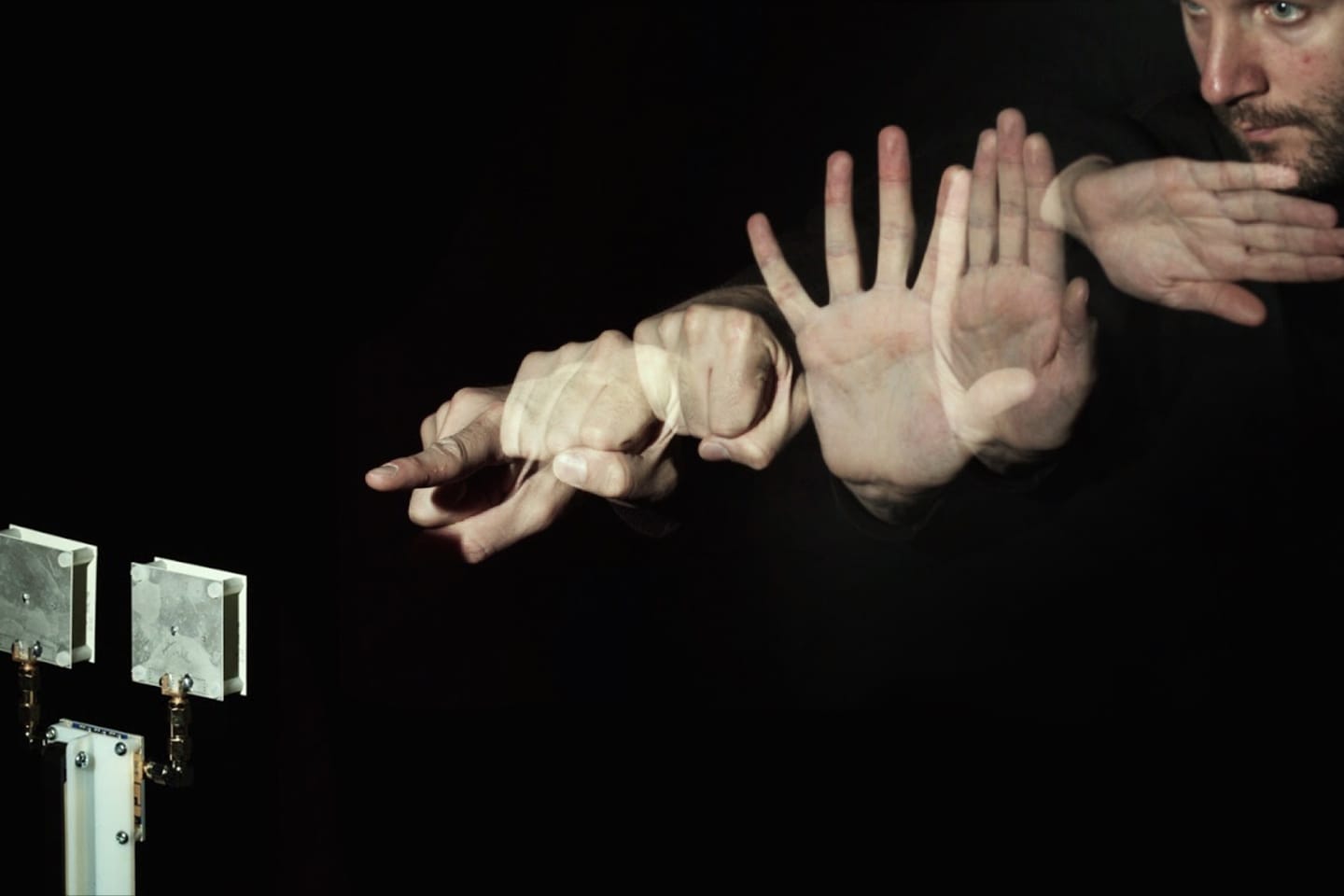
Soli's radar chip reads human hand gestures
Google’s Advanced Technology and Projects (ATAP)
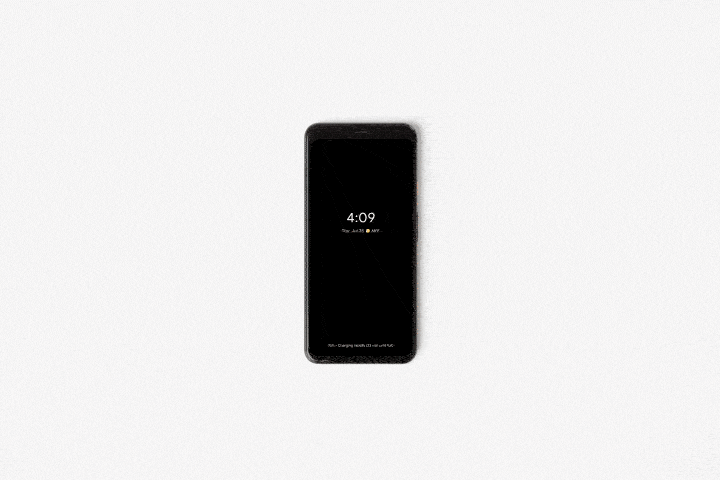
Motion Sense—powered by Soli—lets users skip songs with the wave of a hand
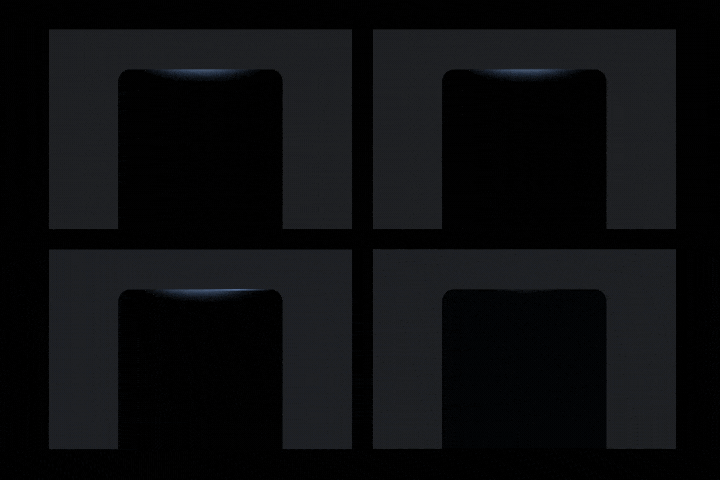
Visual feedback states for Pixel 4, powered by Soli
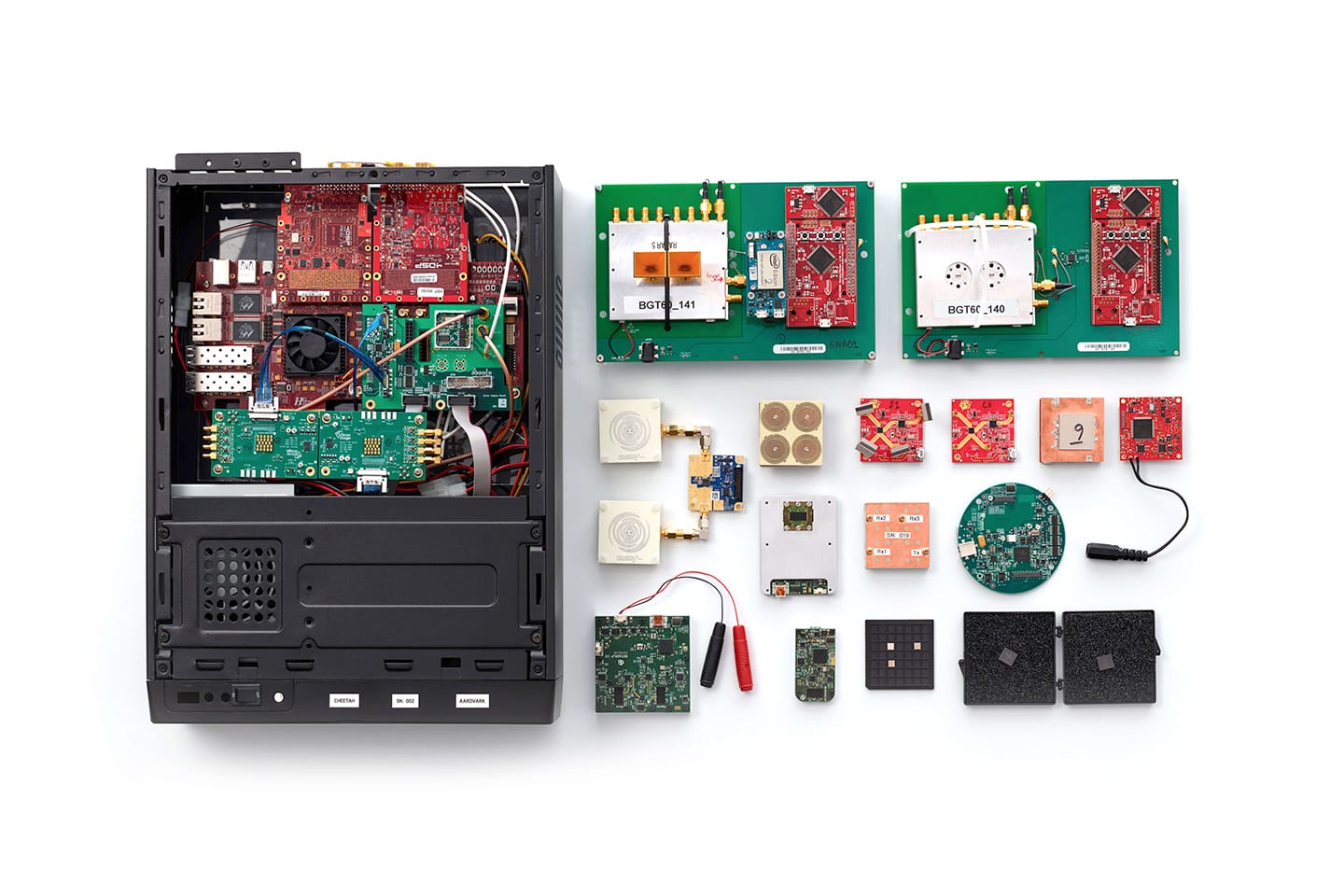
Soli, deconstructed
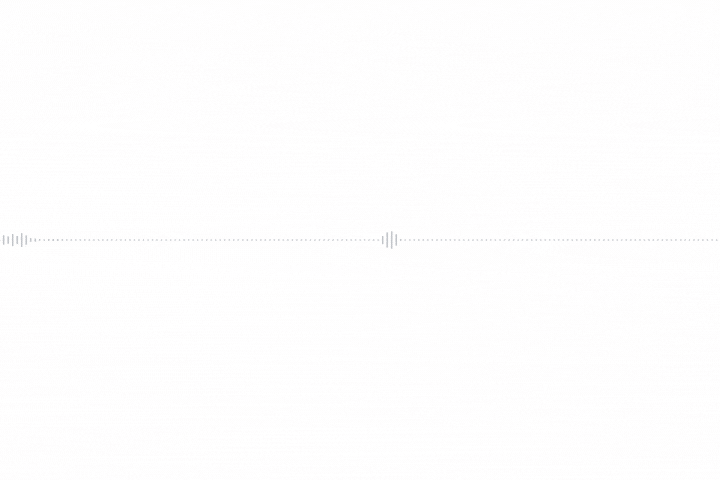
Recorder comes with AI-powered search functionality
Pixel Essential Apps and Google Creative Lab

Soli's radar chip reads human hand gestures
Google’s Advanced Technology and Projects (ATAP)

Motion Sense—powered by Soli—lets users skip songs with the wave of a hand

Visual feedback states for Pixel 4, powered by Soli

Soli, deconstructed

Recorder comes with AI-powered search functionality
Pixel Essential Apps and Google Creative Lab
Imagine being able to transcribe human speech into text—in real time, online or off. No tedious toggling between play and rewind on a recording; no relying on an interpreter. Three new Android features make that a reality: The Recorder app, built by Pixel Essential Apps and Google Creative Lab, captures speech at the exact cadence in which it’s delivered and comes with AI-powered search functionality. Search for any word or noise after the fact—that moment of “good tape” in a 90-minute interview, or something more broad like “speech” or “music”—and Recorder takes you to the exact moment you’re trying to remember. For those with hearing loss, Live Transcribe lets you engage more fluidly with hearing people. Made with expertise from researchers at Gallaudet University—a school for the deaf and hard of hearing—it converts audio to text in real time, making on-the-fly conversation possible with anyone from a barista to a concierge in a foreign country (it works in 70 languages!). And for when your nose is buried in your phone, there’s Live Caption, which adds real-time captions to everything from your friend’s Instagram Story to cooking tutorials on YouTube.
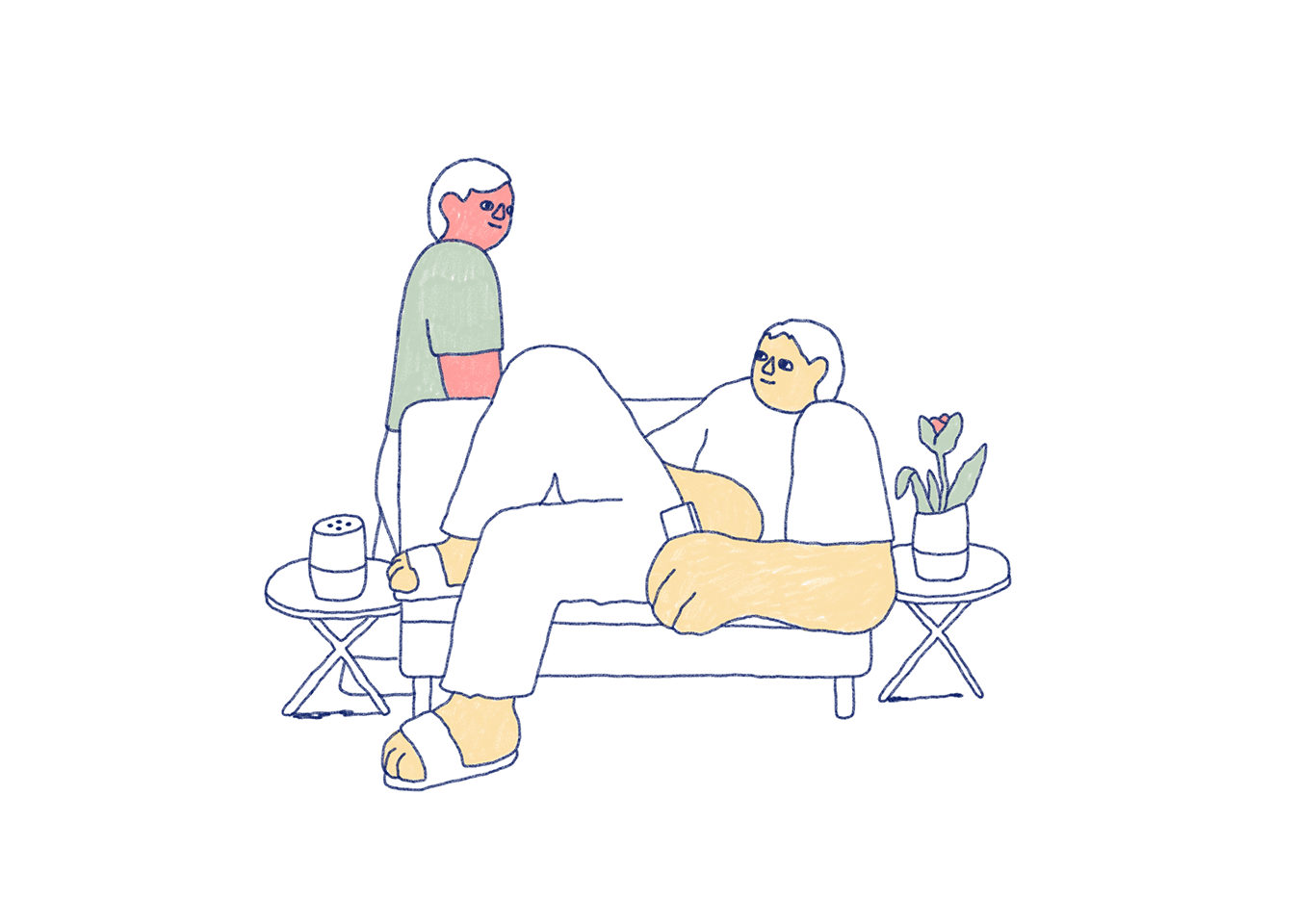
Tech that doesn’t feel like “tech”
“We champion 'thoughtful design'—thinking about how something feels, not just how it looks,” says VP of hardware design Ivy Ross, in a recent interview. This year, our designers doubled down on the idea that your physical surroundings affect your wellbeing. Ross and her team released a spate of new and updated hardware that blend seamlessly into domestic spaces—a Pixelbook laptop with “hush keys” for softer typing, and Nest Wifi and Mini devices in an updated palette of pastel fabrics—and returned to Milan Design Week for an exhibition on neuroaesthetics, the field exploring how design impacts our biology and emotions. Curious where all these soft, fuzzy devices come from? This year, Ross also pulled back the curtain on the new Google Design Lab, complete with its own materials library and sonic refueling stations.
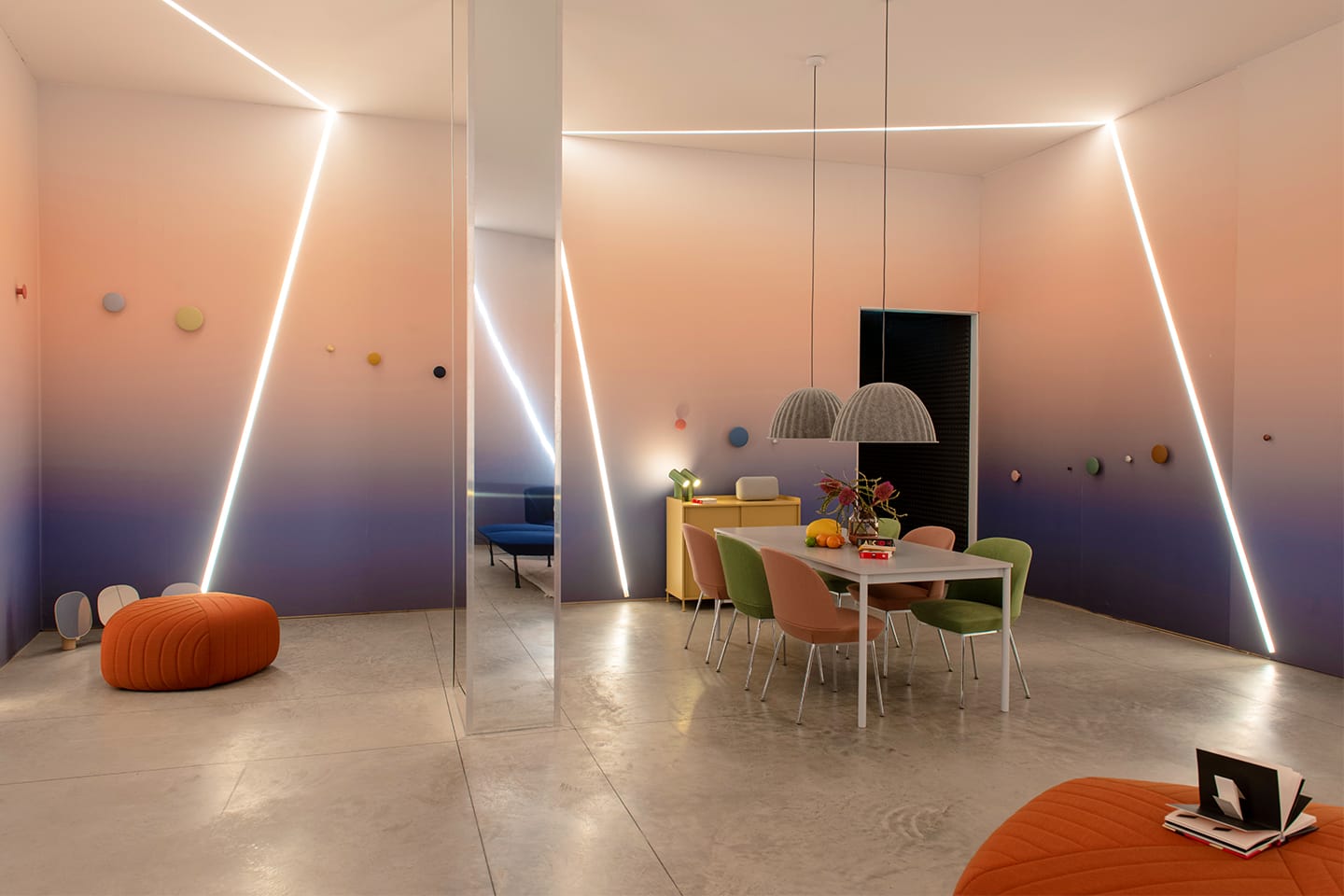
“A Space for Being” explored neuroaesthetics, the field exploring how design impacts our biology and emotions
Made by Google
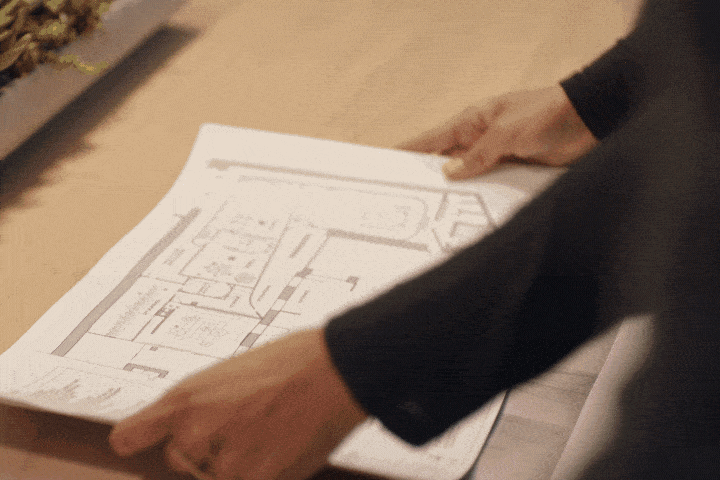
Visitors in Milan walk through rooms designed by Google and furniture company Muuto
Made by Google
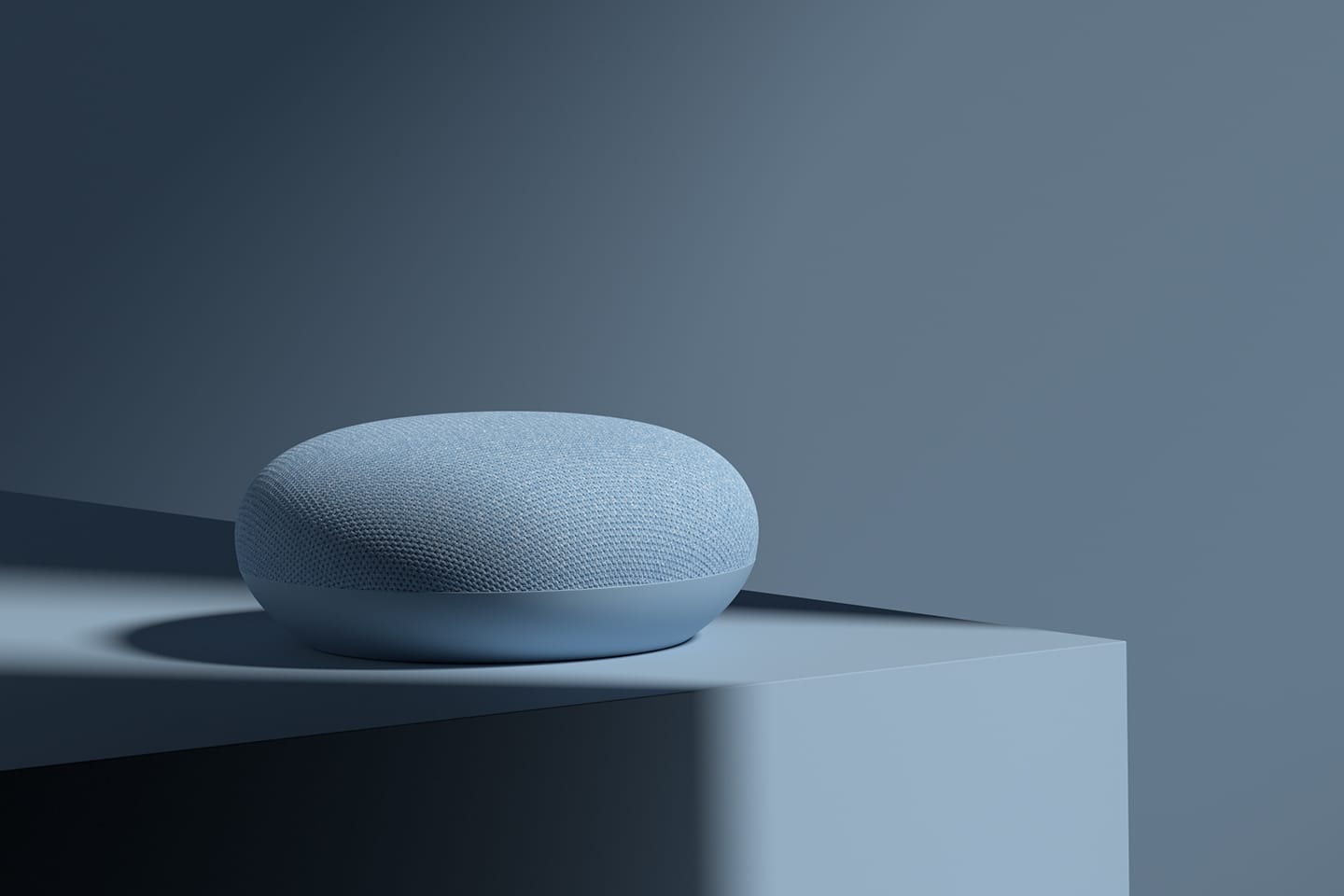
The Nest Mini
Made by Google; photo by Seed Studio

“A Space for Being” explored neuroaesthetics, the field exploring how design impacts our biology and emotions
Made by Google

Visitors in Milan walk through rooms designed by Google and furniture company Muuto
Made by Google

The Nest Mini
Made by Google; photo by Seed Studio
A series of Digital Wellbeing Experiments by Creative Lab take a different tack entirely. Designed as jumping off points for designers and developers, the open source ideas double as playful tools for anyone who wants to build healthier digital habits. A few noteworthy examples: A printable paper phone (made with design studio Special Projects) that lets you go analog again, an app that holds all your notifications and delivers them in one fell, scheduled swoop, and a ticker aka the “unlock clock” to show you how often you’re unlocking your phone (spoiler: it’s a lot). As a whole, these experiments have the potential to rewire our understanding of user interfaces, and influence more mindful designs in the future—a win for everyone.

New tools for self-expression
Can AI make you cry? Choreographer and dancer Bill T. Jones posed that question while creating a suite of experimental projects under the moniker Body, Movement, Language: A.I. Sketches. A talented performer can bring an audience to tears, but how could machine learning possibly evoke the same emotional response? To find out, Jones’ company, New York Live Arts, partnered with Google Creative Lab to collaborate on this cutting-edge collection that combines choreography, ML-powered pose estimation technology, the spoken word, and interactive, on-screen text. The four projects stand out by demonstrating new and meaningful uses of ML that anyone can explore and experiment with—all you need is a laptop and a camera. (If you’d like to first learn how machine learning models work without getting into ML code, try out Teachable Machine, also by our friends at Creative Lab.) Let us know if you’re moved to tears.
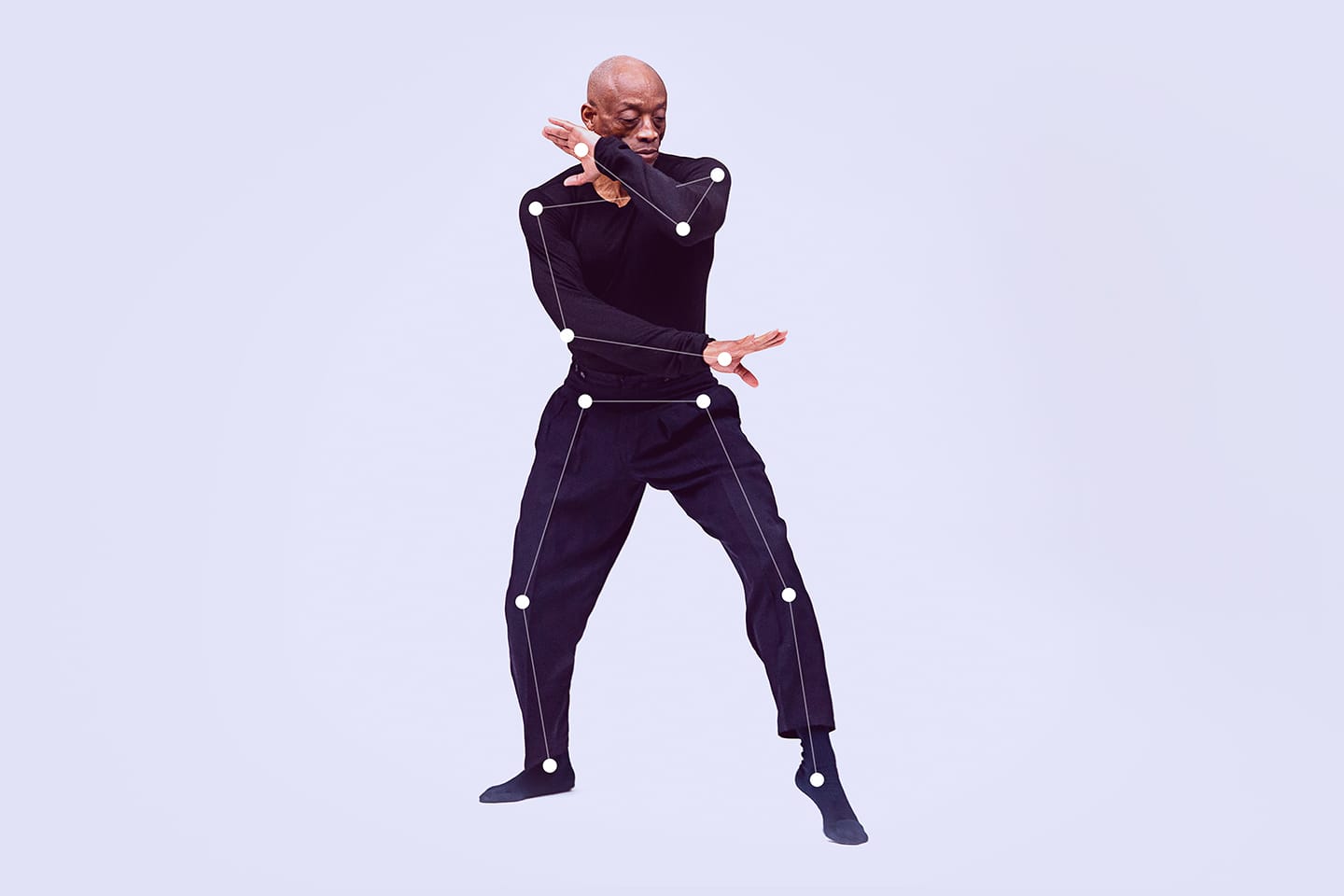
Choreographer and dancer Bill T. Jones, in Body, Movement, Language: A.I. Sketches
Google Creative Lab
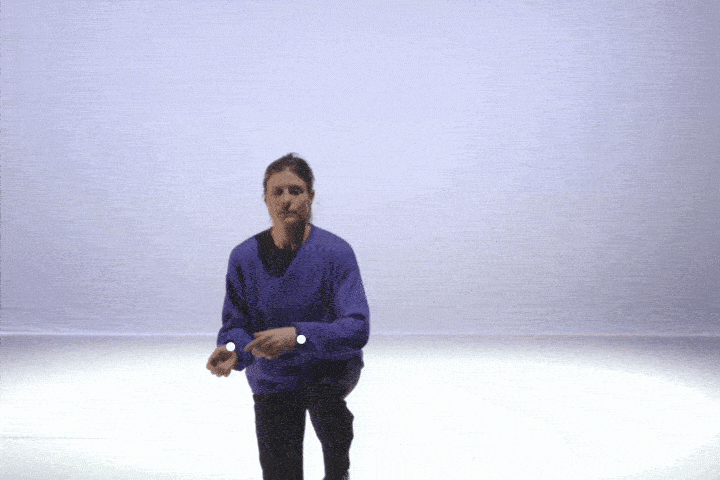
One of Jones’s dancers experiments with PoseNet
Google Creative Lab
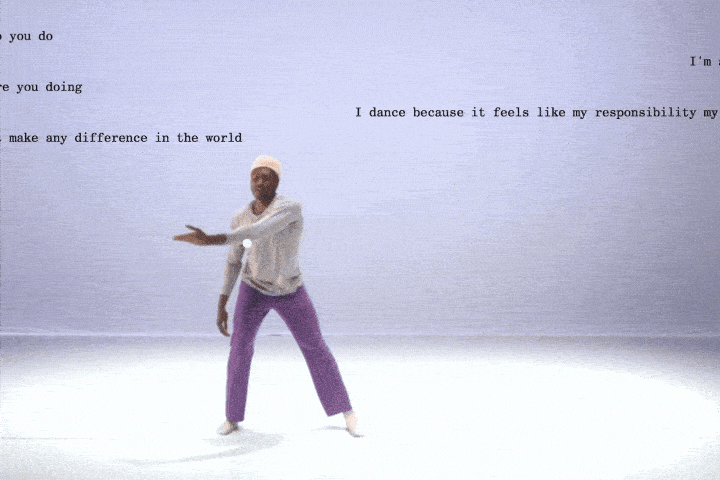
Jones wants to know: “Can AI make you cry?”
Google Creative Lab
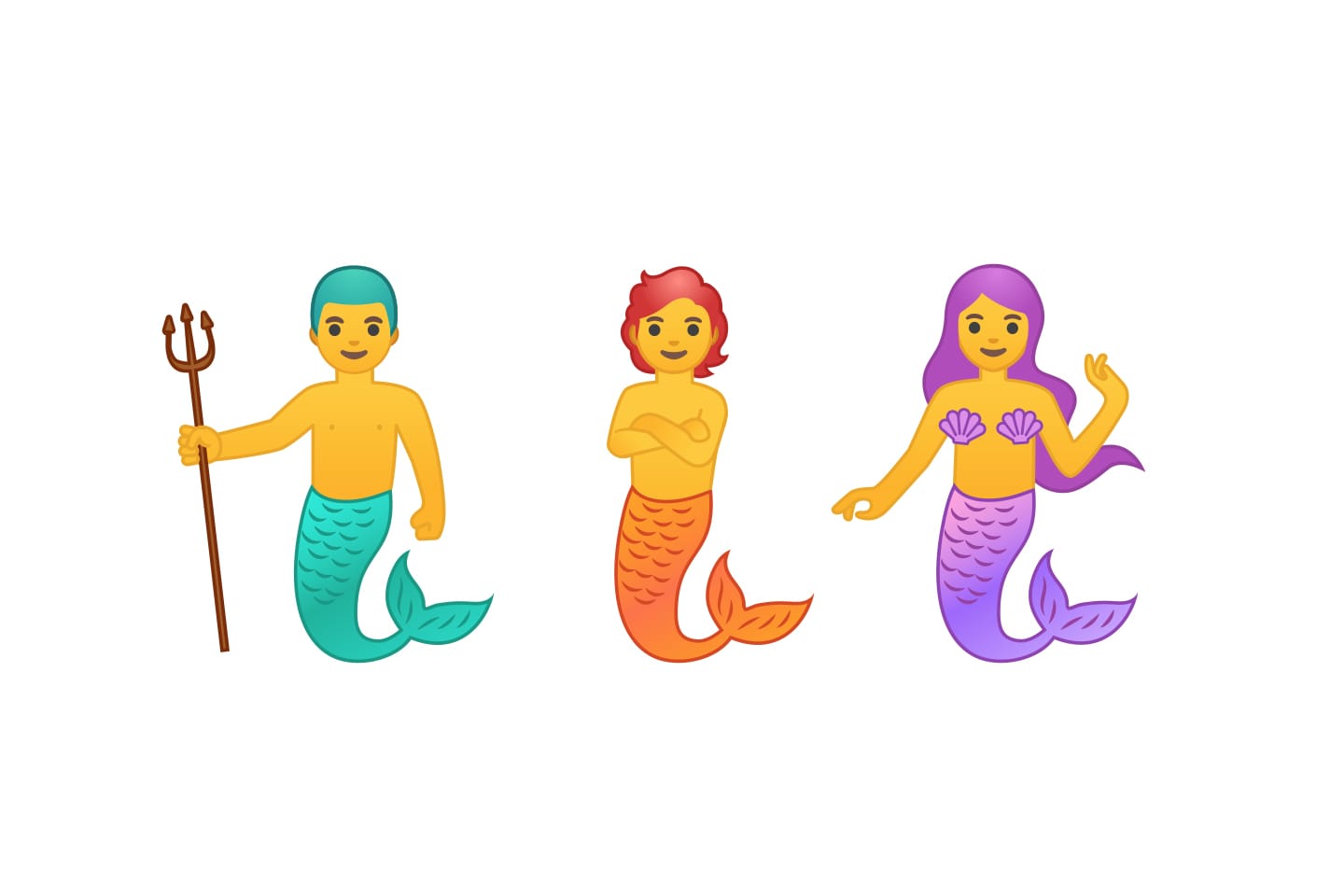
Gender-inclusive merpeople from Google's emoji designers
Android

Choreographer and dancer Bill T. Jones, in Body, Movement, Language: A.I. Sketches
Google Creative Lab

One of Jones’s dancers experiments with PoseNet
Google Creative Lab

Jones wants to know: “Can AI make you cry?”
Google Creative Lab

Gender-inclusive merpeople from Google's emoji designers
Android
Speaking of which: “Am I crying over emoji? No … but I briefly considered it.” That’s what one person told creative director Jennifer Daniel after Android released gender-inclusive emoji—53 of them, to be exact. Google’s emoji designers explored all the signifiers of gender, and ultimately came up with new icons that read as ambiguous—or, put differently, for everyone. This means lots of good things: better representation, fewer outdated stereotypes, fewer cross-platform inconsistencies, and of course, more emoji (🙌).

Platforms that elevate art and design
You could trek to Amsterdam, Santa Fe, and then New York, and you still aren’t guaranteed to see a Rembrandt next to an O’Keefe. Not so with “The Art of Color,” Google Arts & Culture’s second Pocket Gallery (the first was on Vermeer), which uses augmented reality to bring together great works from 33 museums across four continents—all organized by color. Bop around the virtual galleries, and stay on your sofa the whole time (pro tip: to get started, first download this app and click the camera icon). When you’re done, switch gears and check out new work from The Canvas Project, featuring custom pieces from emerging illustrators and photographers that “hang” as wallpapers in Google Meet. Discover David Hockney-esque poolside drawings and abstract photos of broken glass that will spruce up any video call.
Of course, art comes in all forms. We can’t wait to start writing headlines with Recursive, a brushstroke-inspired variable font made by Arrow Type for Google Fonts—just as soon as we get over its impressive technical specs and interactive features. Over at Google Trends, data-viz experts keep finding new and fascinating ways to display information according to shape, color, and motion. And it’s nice to see art direction front and center on the new Google Shopping site, which features arresting, monochromatic still life sets made by Montreal photographer Virginie Gosselin and the Shopping team.
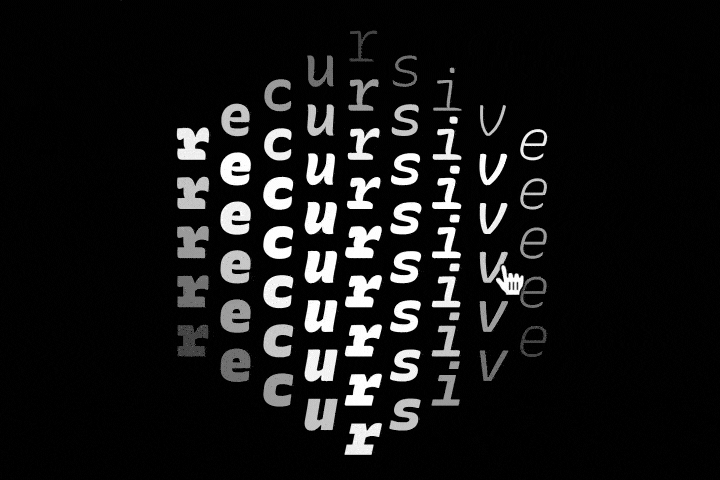
Recursive, a variable font that flexes between brushstroke and mono type
Arrow Type for Google Fonts

Gosselin and her team built still life sets out of corrugated metal and kitchen sponges—and lots of paint
Google Shopping; photo by Virginie Gosselin

Google Earth Timelapse’s streamlined UI
Google Earth

Gosselin and her team built still life sets out of corrugated metal and kitchen sponges—and lots of paint
Google Shopping; photo by Virginie Gosselin

Google Earth Timelapse’s streamlined UI
Google Earth
Don’t miss this year’s 🔥 Material Design makeovers (and one iconic update), all hiding in plain sight: Gmail on mobile got a cleaner look that makes your dizzying inbox easier to parse, and G Suite apps adopted crisper iconography. A streamlined UI lets you fly through Google Earth Timelapse, while new components turned Google Books into an exceptionally user-friendly e-library, and a bottom navigation bar for Google Play makes picking the right media a lot easier. If low-luminance UIs are more your speed, this year Material also unveiled brand new, ultra-nuanced dark theme guidance alongside our case study. Over at Android, a refresh of the operating system’s identity tweaked the robot logo from green to black, and retired its famous dessert-themed naming. Both moves make the brand more globally accessible: Black letterforms are easier to read, and numbered operating systems telegraph meaning to more people around the world.
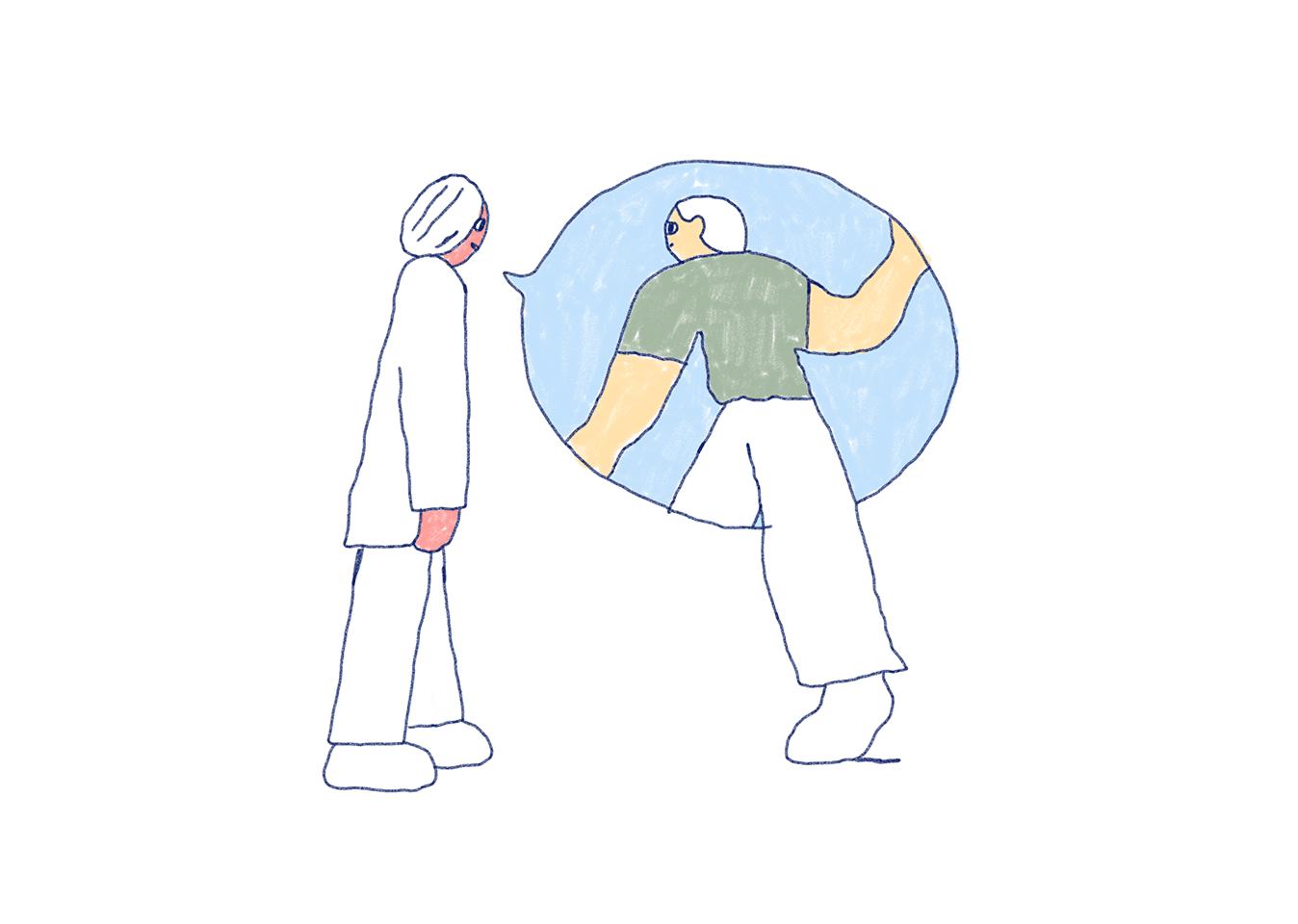
Guidance showing us a way forward
It’s been a big year for sharing best practices, from designing conversational interfaces that empower to updated Material Design recommendations on accessibility features and first-ever sound design guidance. Sure, open-source knowledge is part of Google’s DNA, but color us impressed by the amount of guidance our designers put out into the world.
Take Toward Gender Equity Online, a report from the Next Billion Users team. It crunched surveys from 3,618 respondents into a set of UX features that aim to prevent online harassment of women and non-binary people. There’s also the in-depth People + AI Guidebook, filled with insights from over 130 individuals across many different Google teams. The digital handbook walks you through designing bias-free AI products, and helps you decide when to use AI, and how to gracefully explain context errors. On the occasion of the guidebook’s release, we hosted a roundtable with three Google designers to talk about translating AI’s potential into meaningful interactions for users; we’re biased, but we found the conversation fascinating.
What if, after all this talk about focusing on the individual, we’re due for an expanded definition of human-centered design? We pondered that question at SPAN, our annual design conference, with the Google AI Strategy & Research team (which is also part of Google AI). They held a workshop on new methods for problem-solving that looked beyond the individual perspective, considering everything from human-animal relationships to the ecology of forest fires. The entire day was devoted to structures—building them, re-thinking them—and this session in particular had us excited for the shape of things to come.
That’s a wrap! Keep an eye out for more of our end-of-year dispatches on Twitter and Instagram, and we’ll see you in 2020 ✌.
Recommend
About Joyk
Aggregate valuable and interesting links.
Joyk means Joy of geeK
